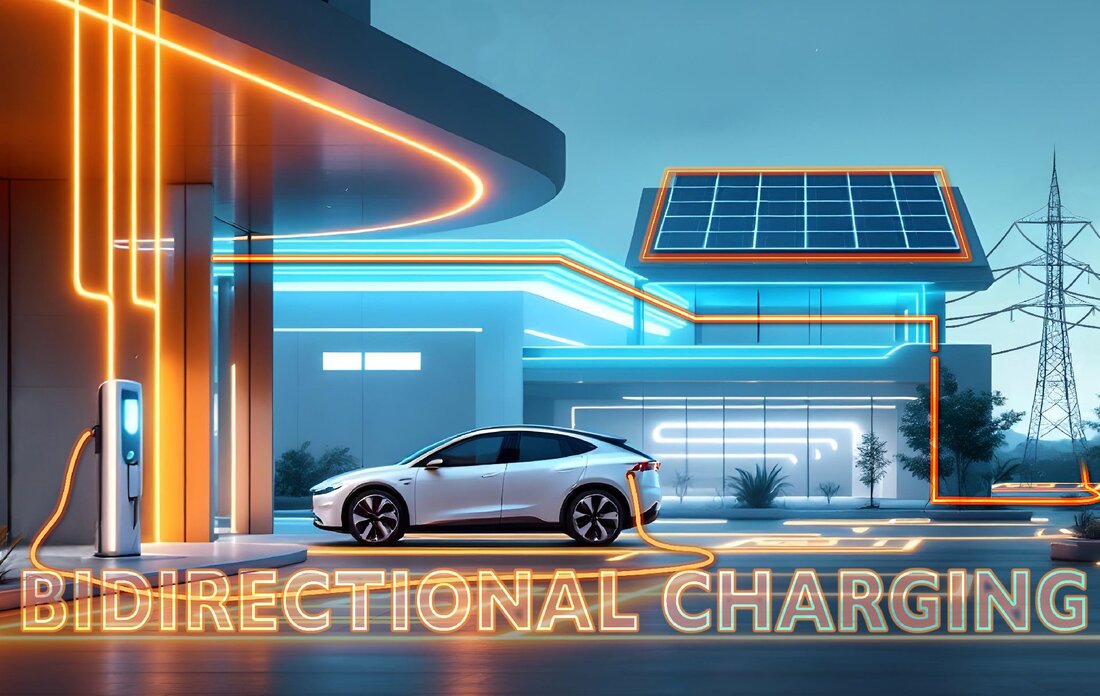Energy transition on four wheels
Current simulations by researchers show that bidirectional vehicles are crucial for grid stability and the transition to renewable energy.

Energy transition on four wheels
Electricity from renewable sources has long since become the norm - in Germany alone the share was around 60 percent of net electricity generation in 2024. But the growing amount of green electricity poses new challenges for the energy supply: integration into the existing system urgently requires more flexibility. A recent study by the European industry association Eurelectric in collaboration with EY shows that the need for flexibility in Europe is expected to be twice as high by 2030. Compared to 2021, an increase of 2.4 times on a daily basis and 1.8 times on a weekly basis is expected - a clear signal that existing structures are reaching their limits. Electric vehicle batteries offer a promising solution to the problem. Around 114 TWh of battery capacity could be provided from electric vehicles (EVs) over the next five years.
Special show in Munich
But this potential remains largely unused. For this reason, The smarter E Europe, Europe's largest trade fair alliance for the energy industry, is dedicating its own special show to the topic of bidirectional charging at the Munich Trade Fair this year. The smarter E Europe includes the four trade fairs Intersolar Europe, ees Europe, Power2Drive Europe and EM-Power Europe and will take place from May 7th to 9th, 2025 on the fully booked Munich Trade Fair site. Frank Spennemann, Senior Manager Charging Solutions Energy at Mercedes-Benz, underlines the importance of bidirectional charging, especially vehicle-to-grid technology, for the success of the energy transition in clear terms: “Research simulations show that bidirectional vehicles are crucial for grid stability and the transition to renewable energies.” In France, the first electricity customers can already use their vehicle batteries to store electricity on the grid - in return they receive the charging current free of charge. This is made possible through a cooperation between the car manufacturer Renault and The Mobility House. Marcus Fendt, Managing Director of The Mobility House, explains: "The cheapest storage option is EV batteries because cars are parked for an average of 23 hours a day. In Germany, the average daily driving distance is 36 kilometers - that corresponds to around 8 kWh of energy consumption. For more efficient electric cars it is even less."
Visions for tomorrow
The special show “Bidirectional Charging” offers visitors on all three days of the trade fair in Hall C6, right next to the Power2Drive Forum, the opportunity to find out about components and solutions that are already available today, to experience visions and to talk to leading thinkers and doers in the industry. Exhibits and live demonstrations show how vehicle-to-X technologies work in practice - whether vehicle-to-grid, vehicle-to-building, vehicle-to-load or vehicle-to-home. In specialist lectures and discussions, participants will learn first-hand from experts how bidirectional charging is changing our energy system and what developments will shape the future. In addition, the special show offers insights into inspiring projects and practical examples from Germany, Europe and the world and shows how companies, cities and municipalities can use the technology economically and sustainably.

 Suche
Suche
 Mein Konto
Mein Konto